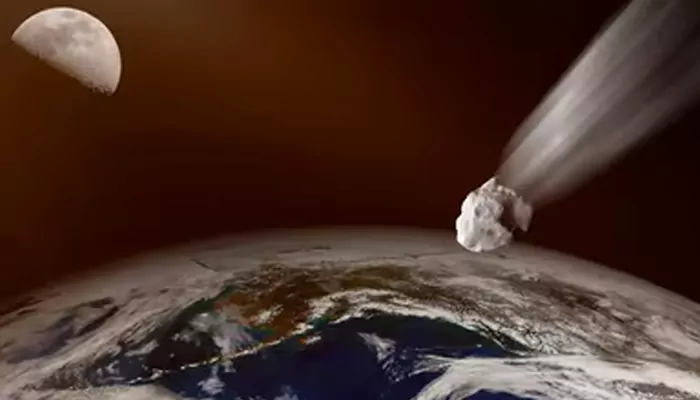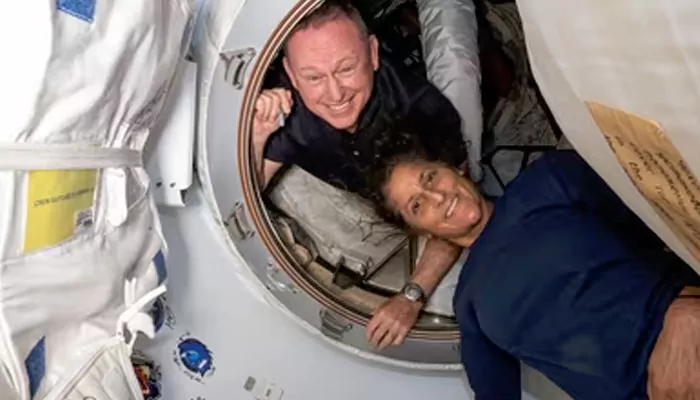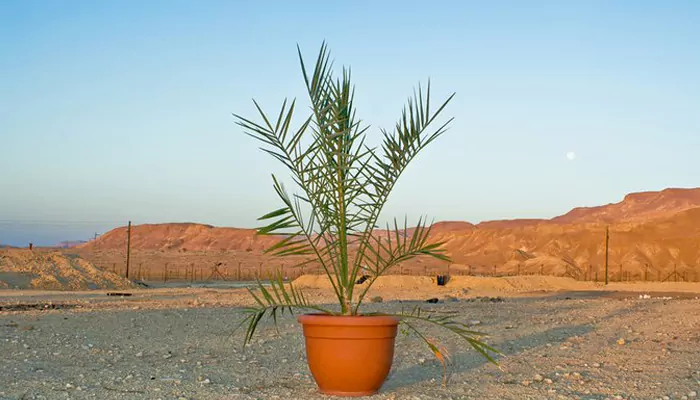
Here are today’s most important updates from the realm of Science and Space.
A Once-in-80,000-Year Sky Show: Tsuchinshan-ATLAS to Make a Rare Appearance
The comet C/2023 A3 or Tsuchinshan-ATLAS is expected become visible for skywatchers around the world. The comet will reach its peak brightness phase on Friday, Sept. 27, when it reaches perihelion, the closest point to the sun on its 80,000-year-long orbit. Skywatchers in the Northern Hemisphere will be able to observe the comet in the east-southeast horizon at least 30 minutes before sunrise between Friday, Sept. 27 and Wednesday, Oct. 2. The next window for naked-eye visibility in the evening sky will be in mid-October.
As per recent calculations, skygazers will enjoy the perfect morning views on Sunday, Sept. 29 and Monday, Sept. 30.
Nuclear Power Meets Cosmic Threat: X-Rays from Blasts Could Be Our Asteroid Defense

Since scientists confirmed the extinction of dinosaurs due to asteroid impact on the earth, any approaching asteroid becomes a topic of discussion among science enthusiasts. In hollywood sci-fi movies, you might have observed astronauts deploying nuclear warheads against asteroids to save humanity. A new study has revealed that radiation emitted from any nuclear explosion can possibly vaporize the surface of an approaching asteroid. This might lead to a change in its trajectory to ultimately avoid the impact. The most powerful laboratory radiation generator, Z machine has been employed in the study which provided a satisfactory outcome.
One Month in Space, Years on the Heart: New Study Reveals Hidden Cost of Space Travel

As spaceflight is gradually becoming accessible to a broader range of humanity, there is an urgent need to characterize the impact of spaceflight on human body. The longer the stay, the impact is more under microgravity. As per new research, human heart tissue showed change in strength and beating pattern, indicating rapid ageing. The study provides important insights about the molecular pathways behind the detrimental effects of spaceflight on the human heart.
Meanwhile, recently concluded high-altitude space mission (SpaceX Polaris Dawn) conducted over 40 experiments in just 5 days about the overall impact of spaceflight on human body. The scientists are also eagerly waiting to observe the impact of long-duration stay after Sunita Williams and Butch Willmore return to earth in February 2025.
Miracle in the Desert: Ancient Biblical Tree Resurrected from Millennia-Old Seed

Scientists have revived a mysterious, 1,000-year-old seed found in the Judean Desert in the late 1980s. After an effort of 14 years, the seed has grown into a plant, which has its lineage mentioned in the Bible. After radiocarbon analysis, it was revealed that the seed belongs to the period between A.D. 993 and 1202. Named as "Sheba," the specimen is now 10 feet (3 meters) tall. The scientists believe this specimen could be the source of Biblical "tsori", which is a resinous extract with numerous medicinal properties. Chemical analysis of Sheba's leaves and resin revealed the abundance of pentacyclic triterpenoids which have anti-inflammatory and anti-cancer properties. A high amount of antioxidant named squalene was also detected in its leaves and stems. More research will provide its origin story.



.webp)
.WEBP)
.WEBP)
.webp)
.webp)


.webp)
.webp)
.webp)